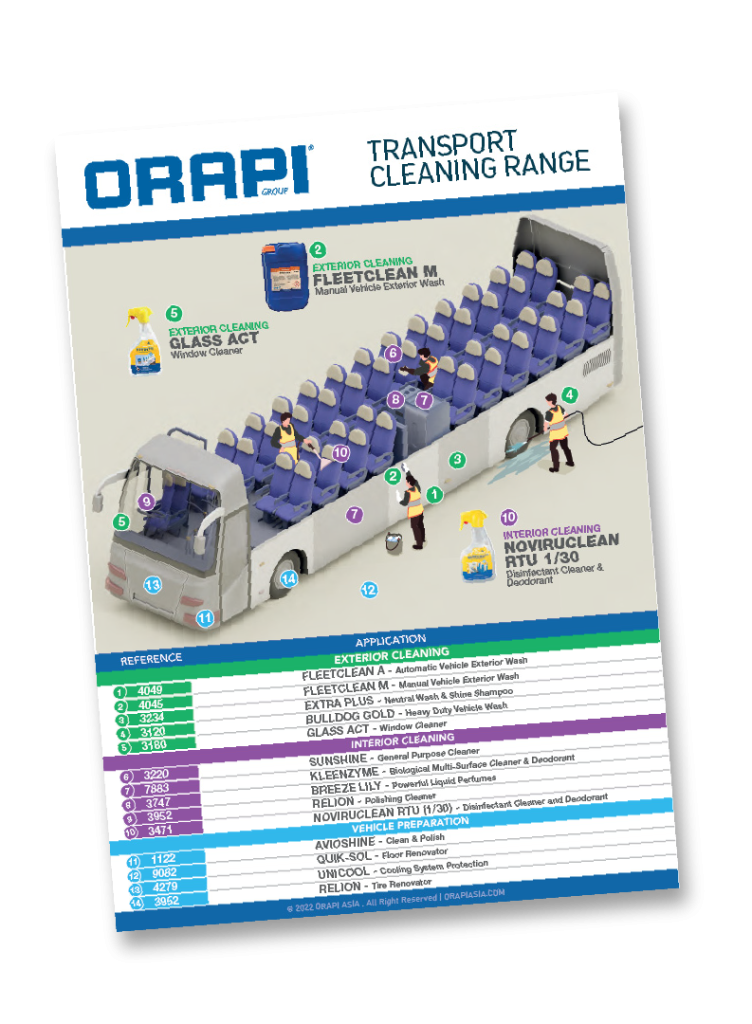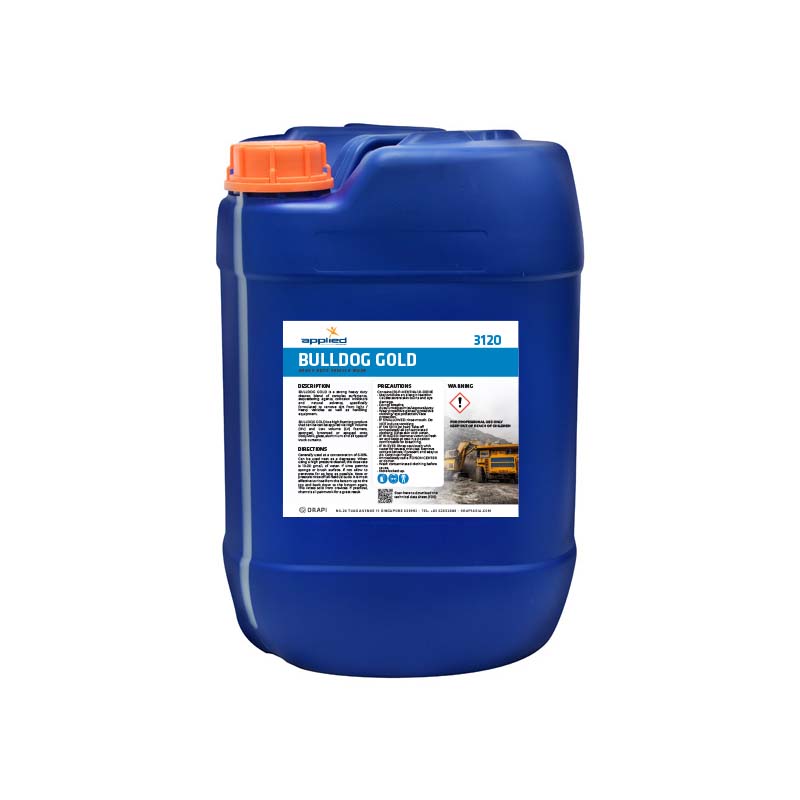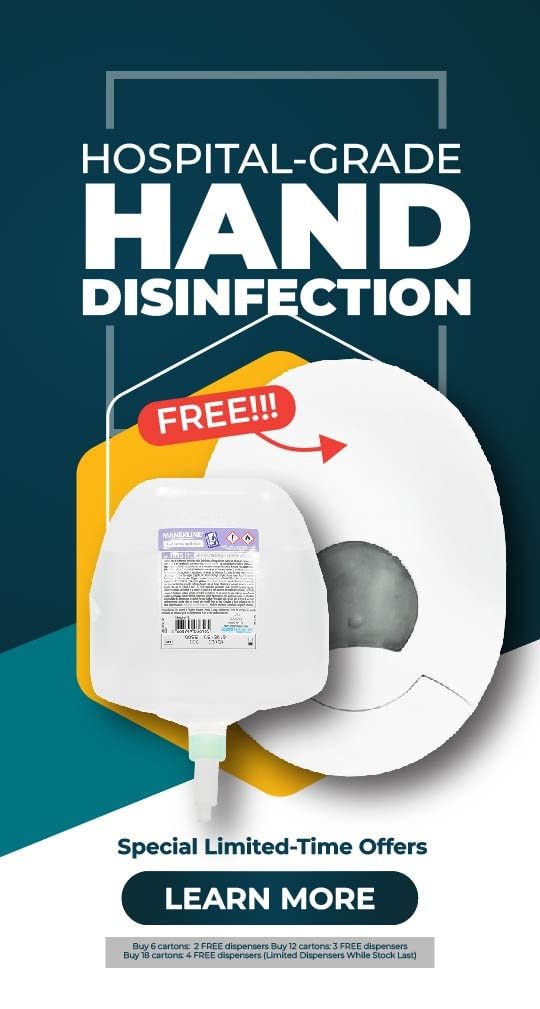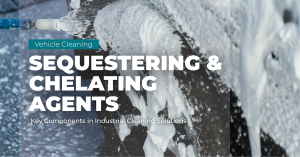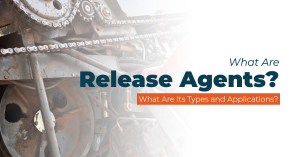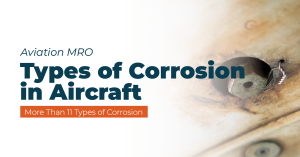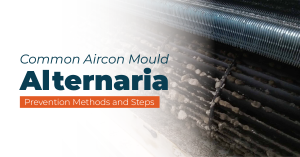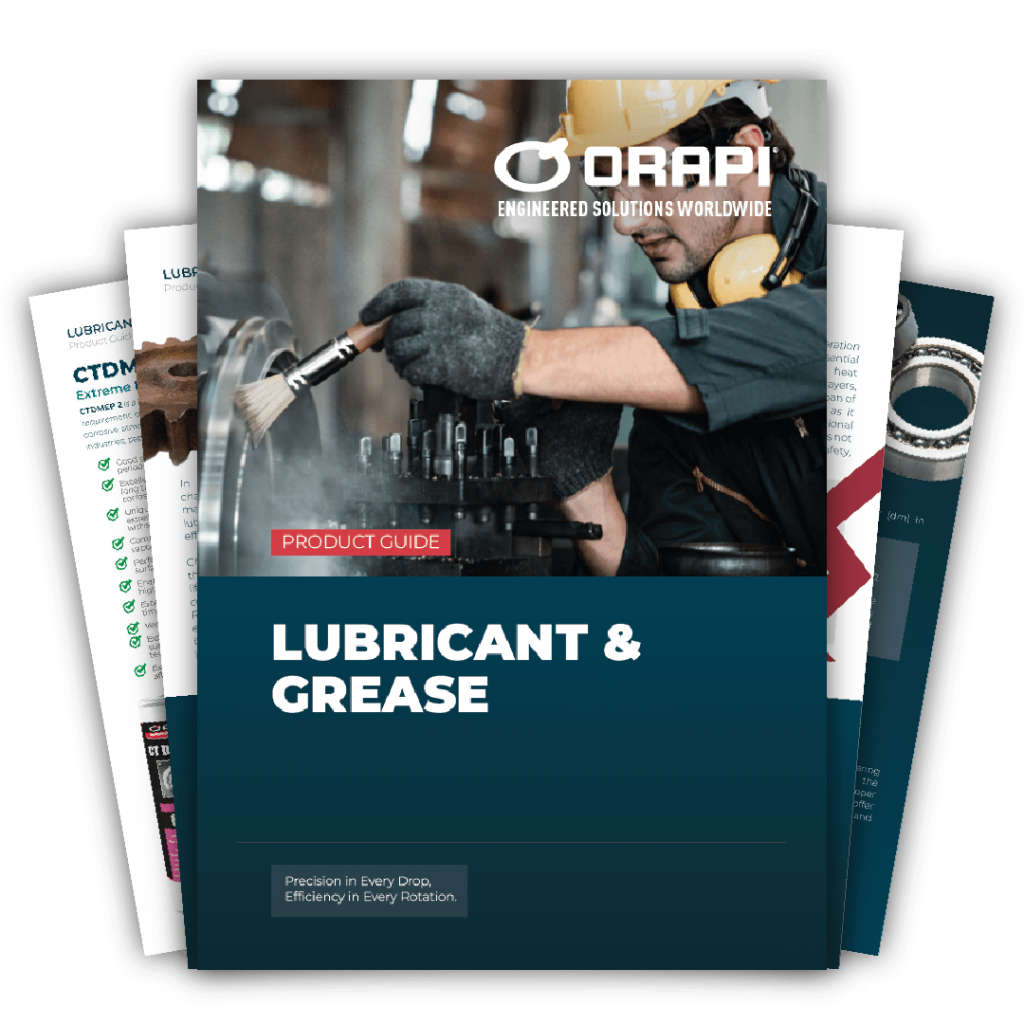
Sequestering and chelating agents are important components in vehicle cleaning chemicals. They control metal ions, preventing issues like staining and corrosion on vehicle surfaces. They also enhance cleaning performance by minimizing interference from contaminants and ensuring a streak-free finish. In this article, we will explore what these agents are, how they work, and their various industrial applications.
Sequestering Agents

What Are Sequestering Agents
A sequestering agent is an organic compound in chemistry that links metal ions or molecules to form ring-like structures called chelates. However, sequestering agents and chelating agents are not the same. Sequestering agents can bind undesirable metal ions together to form stable structures that do not decompose easily. This prevents the ions from reacting with other ions, clays or polymers.
“Undesirable metal ions” refer to metal ions that can have negative effects on a system or process. These effects can include:
- Corrosion: Metal ions such as iron, copper, or calcium can cause corrosion in pipes, machinery, or containers, leading to structural damage or deterioration.
- Precipitation: Some metal ions can react with other substances in a solution to form insoluble precipitates, leading to fouling, scaling, or blockages in industrial equipment or plumbing systems.
- Catalysis: Certain metal ions can catalyze undesired chemical reactions, leading to the degradation of products, changes in product colour or flavour, or reduced efficiency of processes.
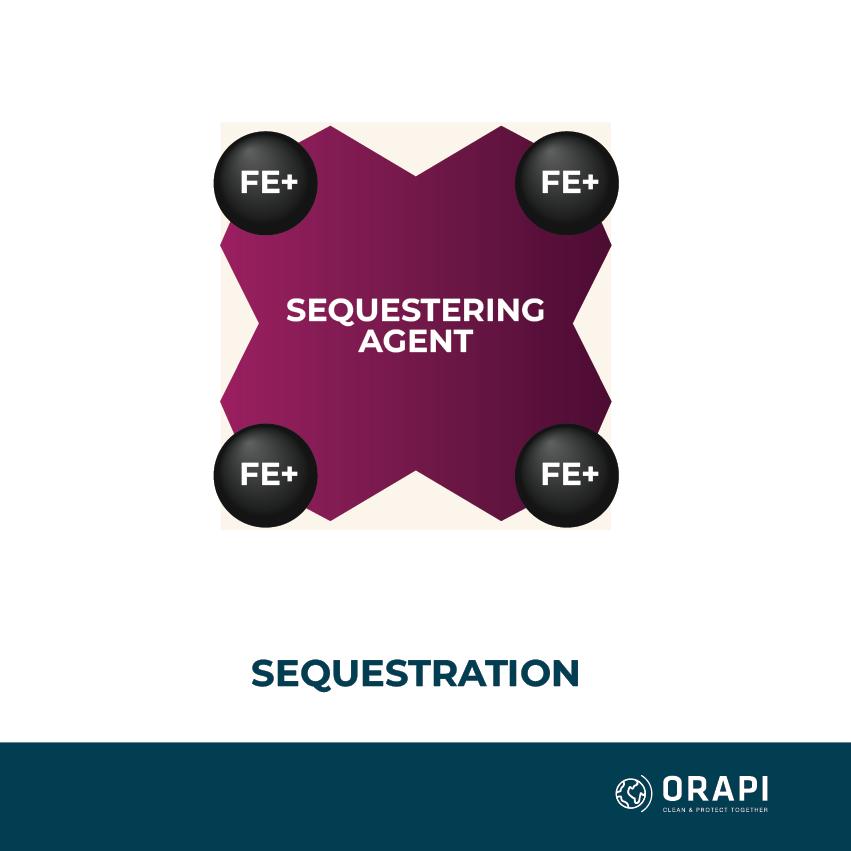
The Science Behind Sequestering Agents
A sequestering agent is a chemical that surrounds a molecule or an atom, holding it “in seclusion.” This process prevents the molecule or atom from reacting with other chemicals. Chelation enables plants to absorb metal ions like iron, which may not be readily available in its raw form.
It’s important to note that sequestering is different from precipitation since it doesn’t form a solid. Commercial sequestering agents are available in different types, including amino carboxylic acid-based products, phosphates and phosphonates, hydroxy carboxylates, polyacrylates, and sugar acrylates.
Sequestering Agents Uses
Purpose: Sequestering agents are primarily used to bind and deactivate metal ions present in solutions. They form stable, water-soluble complexes with metal ions, preventing them from reacting with other components in the solution.
Uses:
- Water treatment: Sequestering agents are added to water to prevent the formation of scale deposits caused by the precipitation of metal ions like calcium and magnesium.
- Cleaning products: They are used in detergents and cleaning solutions to enhance their effectiveness by sequestering metal ions that can interfere with cleaning agents.
- Food and beverage industry: Sequestering agents are used in food processing to improve product stability, prevent discoloration, and maintain quality by chelating metal ions that can catalyze
Cleaning and Water Treatment With Sequestering Agents
Calcium and other hard water ions can easily combine with the surfactants in detergents, reducing their cleaning effectiveness. To counter this, sequestering agents can be used to inactivate these ions and improve the ability of detergents to clean clothes.
Sequestering agents are available in liquid or granular form and are used to treat water discolouration, stains, and scale. Polyphosphate is an effective sequestering agent that can be used to sequester soluble iron atoms present in settled water before they are chlorinated or leached off of iron pipes in water distribution systems. By surrounding and sequestering these atoms, polyphosphate helps prevent the typical reddish colours associated with iron oxides and iron hydroxides.
Sequestering agents and chelates are useful for controlling scale buildup in water systems.
ORAPI RECOMMENDS:
BULLDOG GOLD is a powerful cleaner designed to remove dirt from light and heavy vehicles and handling equipment. Its formula includes a blend of complex surfactants, sequestering agents, corrosion inhibitors, and natural solvents. This high-foaming product can be applied using High-Volume (HV) and Low-Volume (LV) foamers or by sponging, brooming, or spraying onto bodywork, glass, aluminium, and all types of truck curtains.
Chelating Agents

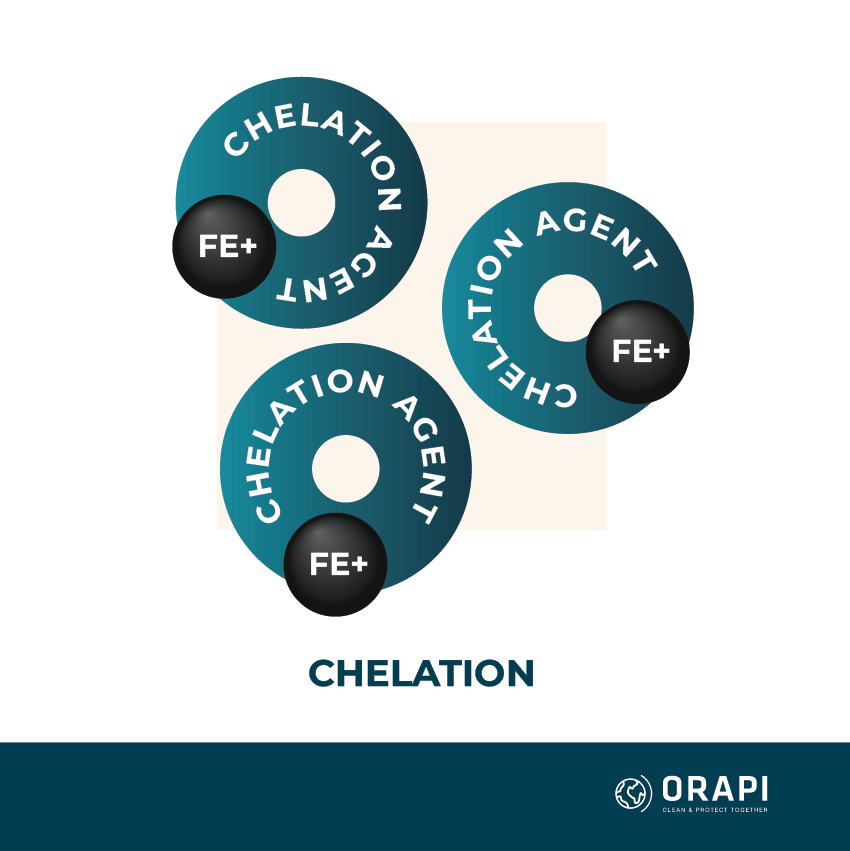
What Are Chelating Agents
A chelating agent is a chemical compound that can form stable complexes, known as chelates, with metal ions by binding them through multiple sites. These agents are commonly used in various industrial processes, such as metal cleaning, water treatment, and medical applications.
Chelating agents have various useful applications in the upstream oil and gas industry, such as acidizing, scale removal, filter cake removal, wettability alteration, enhanced oil recovery (EOR), and hydraulic fracturing treatments.
The Science Behind Chelating Agent
Chelating agents have a wide range of industrial applications, particularly in metal cleaning and water treatment. One of the most important properties of chelating agents is their ability to bind with metal ions and remove them from a solution. This property is utilised in various industrial processes, such as cleaning metal surfaces, treating metal wastewater, and preventing scale formation in water treatment systems.
Chelating agents are also used in the medical field to treat certain types of poisoning, such as heavy metal poisoning. They bind with metal ions in the body, which can then be excreted through urine.
Ethylenediaminetetraacetic acid (EDTA) is the most widely used and common chelating agent, which can form stable chelates with a wide range of metal ions. EDTA is widely used in the food and beverage industry as a sequestrant to bind with metal ions and prevent them from reacting with other compounds in food or beverages. It is also used in the textile industry to remove metal ions from dye baths and in the pulp and paper industry to prevent scale formation in boilers and other equipment.
Diethylenetriaminepentaacetic acid (DTPA) and GLDA are other chelating agents that can help remove scales, such as carbonate, sulfate, and sulfides, without releasing hydrogen sulfide (H2S) and using corrosion inhibitors. DTPA, EDTA, and GLDA are very effective in dissolving filter cake layers formed by different drilling fluids.
Other chelating agents include Nitrilotriacetic acid (NTA) and Triethylenetetraminehexaacetic acid (TTHA).
Chelating agents are used in various industrial applications, such as treating metal wastewater, preventing scale formation in water treatment systems, and cleaning metal surfaces.
Chelating Agents Uses
Purpose: Chelating agents also bind metal ions, forming ring-like structures around the metal ion, effectively “grabbing” it and preventing it from participating in chemical reactions.
Uses:
- Medicine: Chelating agents are used in medicine to treat heavy metal poisoning by binding to toxic metals like lead, mercury, or arsenic and facilitating their excretion from the body.
- Industrial processes: They are used in industrial applications such as metal extraction, water treatment, and chemical manufacturing to control metal ions and prevent unwanted reactions or precipitation.
- Food preservation: Chelating agents can be used in food preservation to extend shelf life by preventing oxidative reactions catalysed by metal ions.
- Rust, hardwater, and mineral stain removal: Chelating agents can also remove rust, hard water, and mineral stains. This is because some acids can form chelates with certain metal ions found in mineral stains, which involves the acid molecules binding to metal ions, forming water-soluble complexes. This process aids in the removal of metal-based stains, such as rust. Additionally, acidic solutions can break down minerals and remove stains by dissolving or chelating (binding) with the metal ions in hard water, facilitating their removal from surfaces.
Sequestering Agents vs Chelating Agents
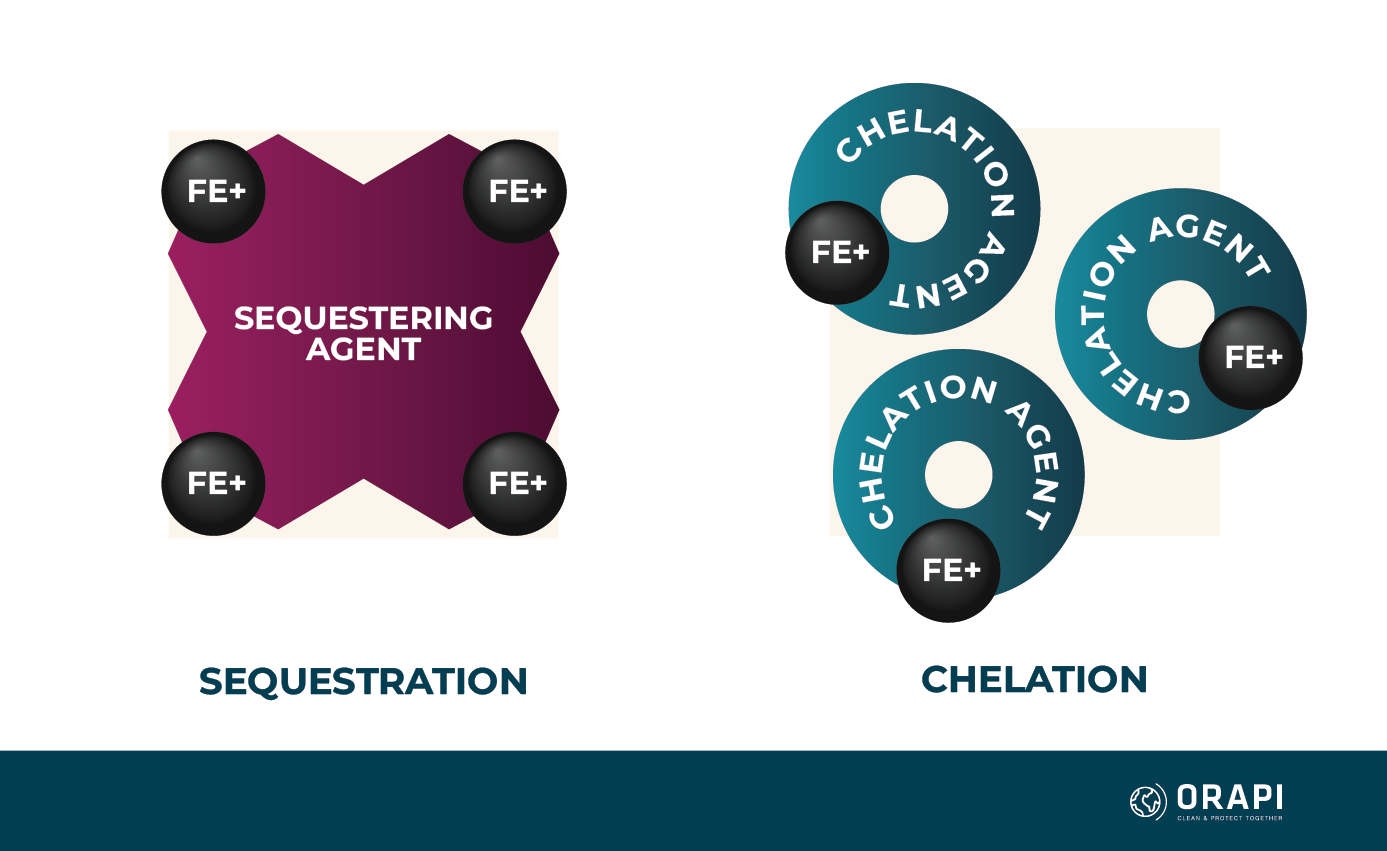
Function
Sequestering agents and chelating agents both bind with metal ions to form stable complexes and prevent them from taking part in chemical reactions. However, sequestering agents can bind with multiple metal ions at a time due to their several active sites, while chelating agents can only bind with a single metal ion at once. Sodium tripolyphosphate is an example of a sequestering agent. Thus, chelating agents are less reactive compared to sequestering agents.
Effectiveness
If you are trying to capture and remove metals, then sequestering is a better solution. Used in conjunction with a metal filter, sequestering is a faster mechanism for grouping metals together into larger particles. However, sequestering agents are temporary because they can be oxidized over time, and break down in sunlight. On the other hand, chelation is not as good for removing metals, but is excellent for keeping them in solution long-term.
Conclusion
In conclusion, sequestering agents play a crucial role in various industries by effectively binding undesirable metal ions to prevent adverse effects such as corrosion, precipitation, and catalysis. Unlike chelating agents, sequestering agents form stable structures without precipitating solids, thus maintaining the integrity of solutions. Their diverse applications range from water treatment to enhancing cleaning products and preserving food quality. While both sequestering and chelating agents serve similar functions, sequestering agents exhibit higher reactivity due to multiple active sites, enabling them to encapsulate multiple metal ions simultaneously. Overall, the versatility and effectiveness of sequestering agents make them indispensable in modern industrial processes.
